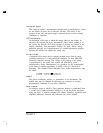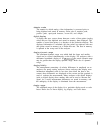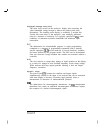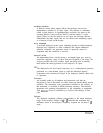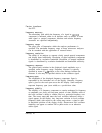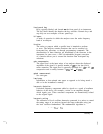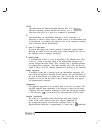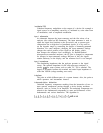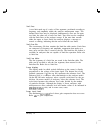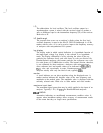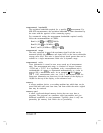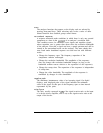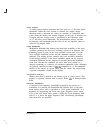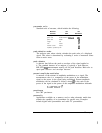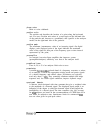
I
-
I
-
incidental FM
Undesired frequency modulation on the output of a device (for example a
signal source or an amplifier) caused by or, incidental to, some other form
of modulation, such as amplitude modulation.
input attenuator
An attenuator between the input connector and the first mixer of an
analyzer (also called an RF attenuator), The input attenuator is used to
adjust the signal level incident to the first mixer, and to prevent gain
compression due to high-level or broadband signals. It is also used to
set the dynamic range by controlling the degree of internally-generated
distortion. For some analyzers, changing the input attenuator settings
changes the vertical position of the signal on the display, which
then changes the reference level accordingly. In Hewlett-Packard
microprocessor-controlled analyzers, the IF gain is changed to compensate
for changes in input attenuator settings. Because of this, the signals
remain stationary on the display, and the reference level is not changed.
input impedance
The terminating impedance that the analyzer presents to the signal
source. The nominal impedance for RF and microwave analyzers is
usually
5062.
For some systems, such as cable TV, 750 is standard. The
degree of mismatch between the nominal and actual input impedance is
called the VSWR (voltage standing wave ratio).
interface
The point at which different parts of a system interact. Also, the point at
which operators and instruments interact.
intermodulation distortion
Undesired frequency components resulting from the interaction of two or
more spectral components passing through a device having nonlinear
behavior, such as a mixer or an amplifier. The undesired components are
related to the fundamental components by sums and differences of the
fundamentals and various harmonics. The algorithm is:
fl~f2,2xfl~f2,2xf2ff~,3Xf~f2xf2,
andsoon
Glossary-13




